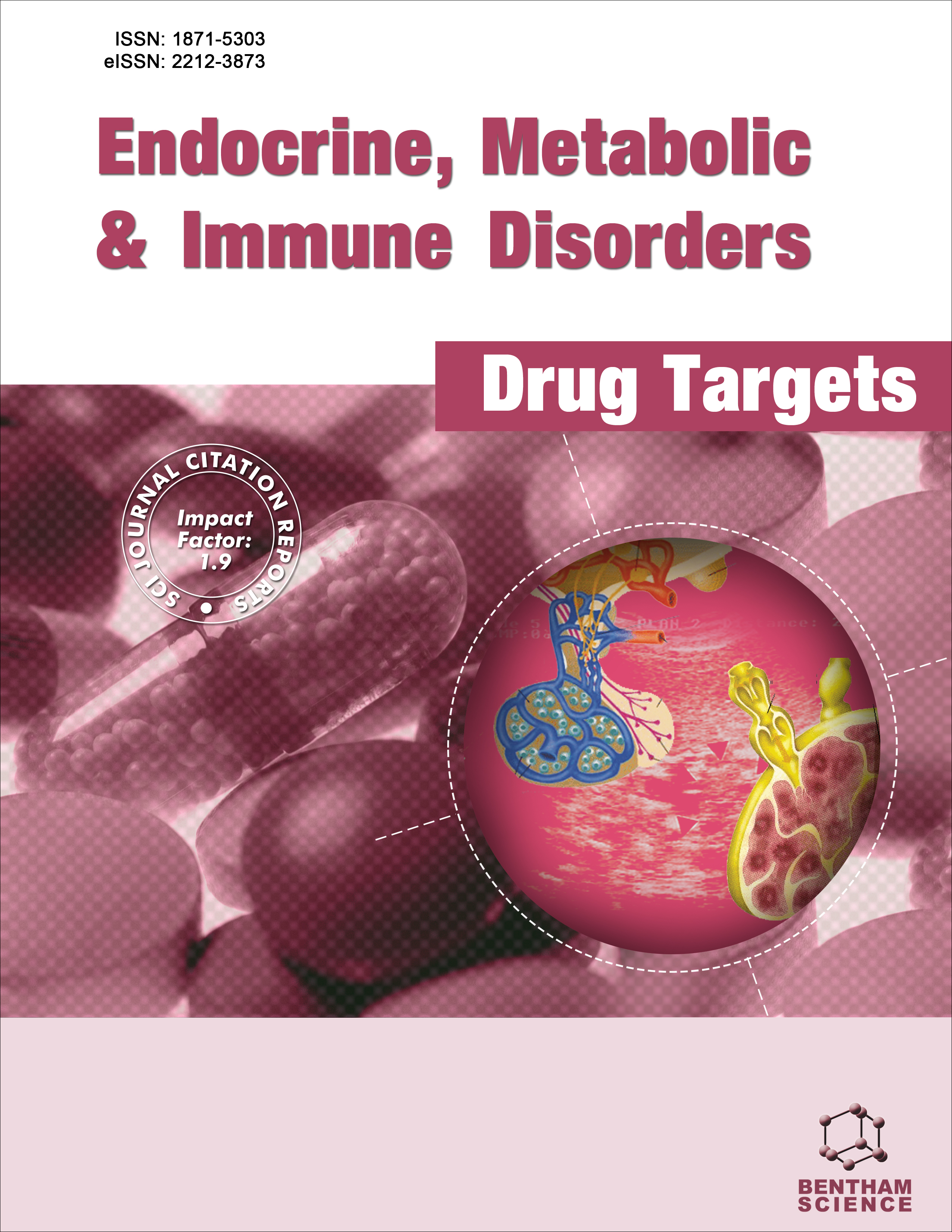
-
oa Identification of Biomarkers Related to Liquid-Liquid Phase Separation for Ulcerative Colitis Based on Single-Cell and Bulk RNA Transcriptome Sequencing Data
-
-
- 11 Sep 2024
- 20 Nov 2024
- 08 Jan 2025
Abstract
Liquid-Liquid Phase Separation (LLPS) is a process involved in the formation of established organelles and various condensates that lack membranes; however, the relationship between LLPS and Ulcerative Colitis (UC) remains unclear.
This study aimed to comprehensively clarify the correlation between ulcerative colitis (UC) and liquid-liquid phase separation (LLPS).
In this study, bioinformatics analyses and public databases were applied to screen and validate key genes associated with LLPS in UC. Furthermore, the roles of these key genes in UC were comprehensively analyzed.
Based on the single-cell transcriptomic data of UC obtained from the Gene Expression Omnibus (GEO) database, differences between patients with UC and their controls were compared using the limma package. The single-cell data were then filtered and normalized by the ‘Seurat’ package and subjected to dimension reduction by the Uniform Manifold Approximation and Projection (UMAP) algorithm. The LLPS-related genes (LLPSRGs) were searched on the DrLLPS website to obtain cross-correlated genes, which were scored using the ssGSEA algorithm. Next, functional enrichment, interaction network, immune landscape, and diagnostic and drug prediction of the LLPSRGs were comprehensively explored. Finally, the results were validated using external datasets and quantitative real-time PCR (qRT-PCR).
A total of eight cell types in UC were classified, namely, fibroblasts, macrophages, endothelial cells, neutrophils, NK cells, B cells, epithelial cells, and T cells. The intersection between differently expressed genes (DEGs) among the eight cell types identified 44 key genes, which were predominantly enriched in immune- and infection-related pathways. According to receiver operating characteristic (ROC) curves, PLA2G2A, GZMK, CD69, HSP90B1, and S100A11 reached an AUC value of 0.94, 0.95, 0.86, 0.89, and 0.93, respectively. Drug prediction revealed that decitabine, tetrachlorodibenzodioxin, tetradecanoylphorbol acetate, thapsigargin, and cisplatin were the potential small molecular compounds for PLA2G2A, GZMK, CD69, HSP90B1, and S100A11. Immune cell infiltration analysis demonstrated that the infiltration of CD4 memory T cell activation, macrophage M1, T macrophage M0, neutrophils, and mast cell activation was higher in the UC group than in the normal group.
The LLPSRGs play crucial roles in UC and can be used as prognostic and diagnostic markers for UC. The current findings contribute to the management of UC.

